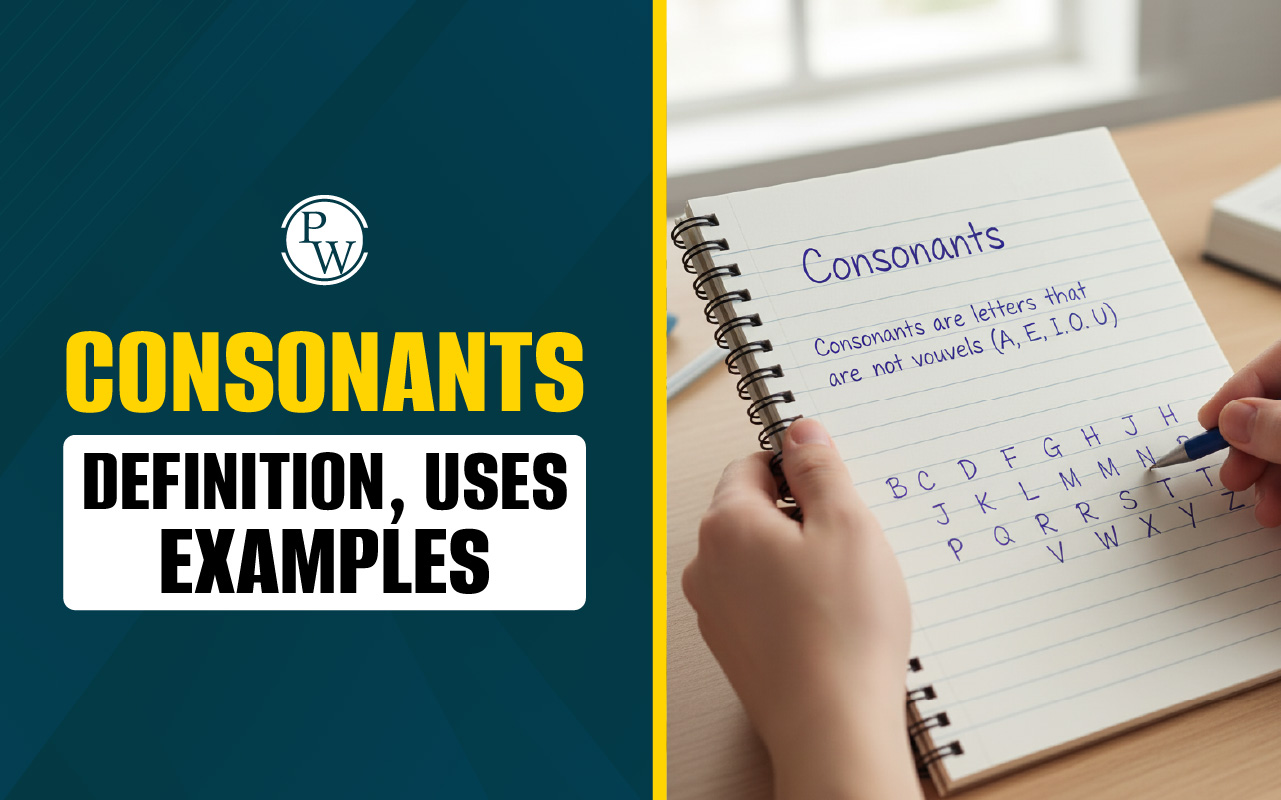
Abacus Mental Math: Using an abacus as a visual and mental aid, the Abacus Mental Math Method is a computation method that improves arithmetic skills.
It was first used in antiquity and focuses on teaching the brain to do calculations fast and precisely without the assistance of calculators. Strong numerical sense, focus, and memory are developed by practitioners by mentally seeing the abacus. Children benefit greatly from this approach, which enhances their cognitive capacities, problem-solving skills, and general academic achievement. Frequent use of the abacus for mental math exercises promotes quicker mental processing, which makes it an effective instrument for increasing mathematical efficiency and confidence.About CuriousJr Mental Maths Classes
At CuriousJr , part of Physics Wallah, we provide specialized Mental Maths Classes that help students master problem-solving skills. With over 50 mental math strategies our program is designed to enhance both speed and accuracy in calculations. Our classes focus on developing logical reasoning and critical thinking skills enabling students to tackle complex problems effortlessly. By participating in our CuriousJr classes, you will not only improve your ability to solve challenging tasks but also strengthen your overall cognitive abilities. This empowers you to achieve more in less time making learning math an enjoyable and rewarding experience.Abacus Mental Math
The abacus is a simple yet powerful tool for teaching kid's mental math. By manipulating beads to represent numbers, children develop a strong foundation in arithmetic, including addition, subtraction, multiplication, and division. Abacus training enhances concentration, memory, and problem-solving skills, making math more engaging and fun. As kids progress, they learn to visualize the abacus in their minds, performing complex calculations without using a physical tool. This mental math technique boosts their confidence and sharpens their cognitive abilities. Suitable for kids of all ages, the abacus bridges traditional learning methods with modern educational needs, fostering a love for numbers early on.What is Abacus?
An abacus is a basic counting device that makes maths easier for children to learn. It features rows of beads on rods, with a number represented by each bead. Children practice addition, subtraction, multiplication, and division by moving the beads. Math becomes enjoyable when done with an abacus, which also enhances concentration, memory, and problem-solving abilities. With time, children may even visualize the abacus to answer problems fast. It's a fantastic method to add excitement to learning numbers!Parts of Abacus
An abacus's several components are:- The term "frame" refers to the abacus' outer perimeter.
- Our present abacus contains 17 rods, with five beads on each rod.
- An abacus is divided into two sections. The horizontal bar that divides the top and lower section is called the beam.
- The beads in the lowest section are referred to as the earth beads or lower beads.
- The beads in the upper section are referred to as the heaven beads or upper beads.
How to Count Numbers on Abacus?
The functions of an abacus include counting, adding, subtracting, multiplying, and more.- The one's place is shown by the column on the far right.
- The ten's place is in the following column.
- The hundred's place is in the third column from the right end, and so forth.
How to add and Subtract using Abacus?
Here’s how kids can learn to add and subtract using an abacus in simple steps:Adding on an Abacus:
Start with Zero: Begin with all beads pushed away from the middle bar.
Add Beads: Move the number of beads equal to the first number towards the middle bar. Then, add more beads for the second number.
Subtracting on an Abacus:
Set the Total: Start by moving beads towards the middle bar to show the total number.
Remove Beads: Move back the number of beads equal to the amount being subtracted away from the middle bar.
How can Kids learn using Abacus?
Kids can learn using an abacus by starting with basic concepts like counting and understanding place values. Gradually, they practice addition, subtraction, multiplication, and division using bead movements. Visual and tactile interaction helps solidify numerical concepts. Regular practice enhances mental math skills, as kids learn to visualize the abacus for calculations. Engaging in structured lessons, games, and challenges makes learning enjoyable, fostering concentration, memory, and cognitive development effectively.Advantages of using Abacus
Using an abacus can offer numerous advantages for kids, enhancing their cognitive and academic development. Here are some key benefits:1. Improves Mathematical Skills
Quick Calculations : Kids learn to perform addition, subtraction, multiplication, and division more efficiently.
Understanding Numbers : The tactile nature of the abacus helps in better comprehension of numerical concepts.
Mental Arithmetic : With practice, kids can visualize the abacus in their mind and solve problems mentally.
2. Enhances Concentration
Using an abacus requires focus and attention, which can help improve a child’s ability to concentrate on tasks.3. Develops Fine Motor Skills
Moving the beads requires coordination between fingers and eyes, improving fine motor skills.4. Boosts Cognitive Development
Memory Enhancement : Remembering bead positions strengthens short-term and long-term memory.
Problem-Solving Skills : Working on complex calculations fosters logical thinking and problem-solving abilities.
5. Encourages Visualization Skills
Children learn to visualize bead movements and patterns, which aids in spatial awareness and creative thinking.6. Builds Confidence
Mastery of the abacus gives kids confidence in their mathematical abilities, positively impacting their overall academic performance.Abacus Mental Math FAQs
How long does it take to learn mental abacus?
What age can kids do mental math?
How does mental abacus work?
When can kids identify numbers?
Is mental math good for your brain?










